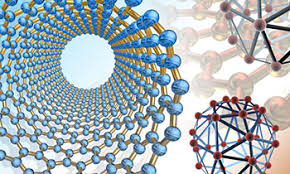Mechanical and Materials Engineering, Department of

Department of Mechanical and Materials Engineering: Faculty Publications
ORCID IDs
http://orcid.org/0000-0001-8518-5734
Document Type
Article
Date of this Version
2019
Citation
U.S. government work
Abstract
Deformation twins are three-dimensional domains, traditionally viewed as ellipsoids because of their two-dimensional lenticular sections. In this work, we performed statistical analysis of twin shapes viewing along three orthogonal directions: the ‘dark side’ (DS) view along the twin shear direction (η1), the twinning plane normal (TPN) view (k1) and the ‘bright side’ (BS) view along the direction λ(=k1 × η1). Our electron back-scatter diffraction results show that twins in the DS and BS views normally exhibit a lenticular shape, whereas they show an irregular shape in the TPN view. Moreover, the findings in the TPN view revealed that twins grow faster along λ the lateral direction than along η1 the forward propagation direction at the initial stages of twin growth. These twin sections are irregular, indicating that growth is locally controlled and the overall shape is not perfectly ellipsoidal. We explain these findings using atomistic models, and ascribe them to differences in the mobility of the edge and screw components of the twinning dislocations.
Included in
Mechanics of Materials Commons, Nanoscience and Nanotechnology Commons, Other Engineering Science and Materials Commons, Other Mechanical Engineering Commons


Comments
NATURE COMMUNICATIONS | (2019) 10:3308 | https://doi.org/10.1038/s41467-019-10573-7 | www.nature.com/naturecommunications